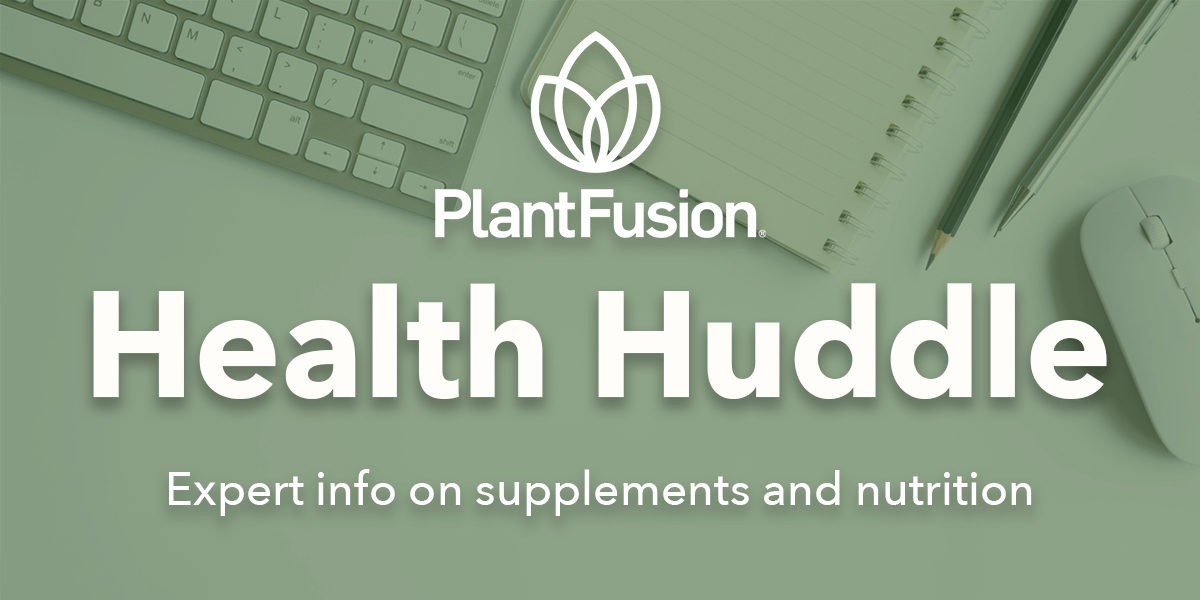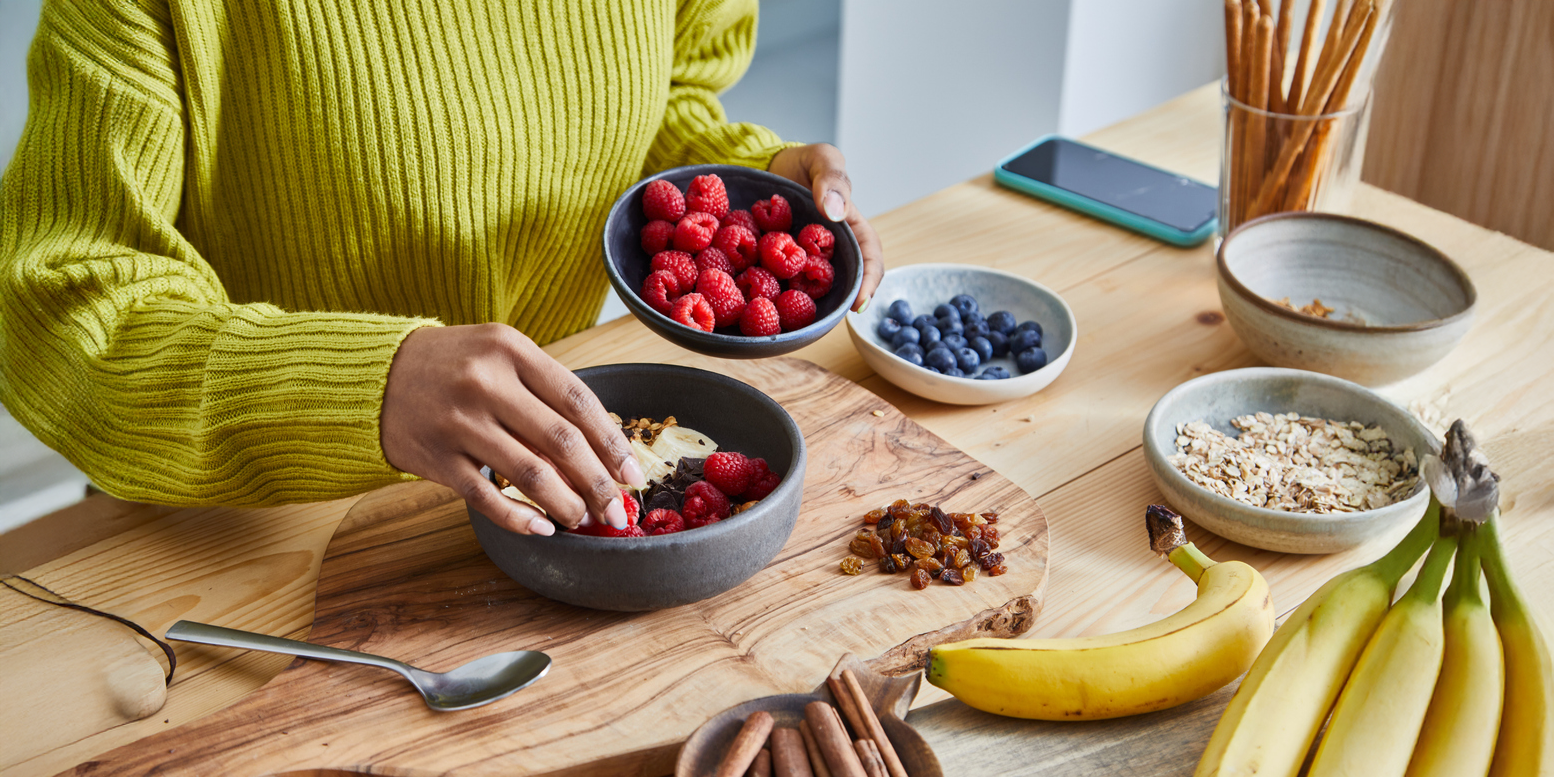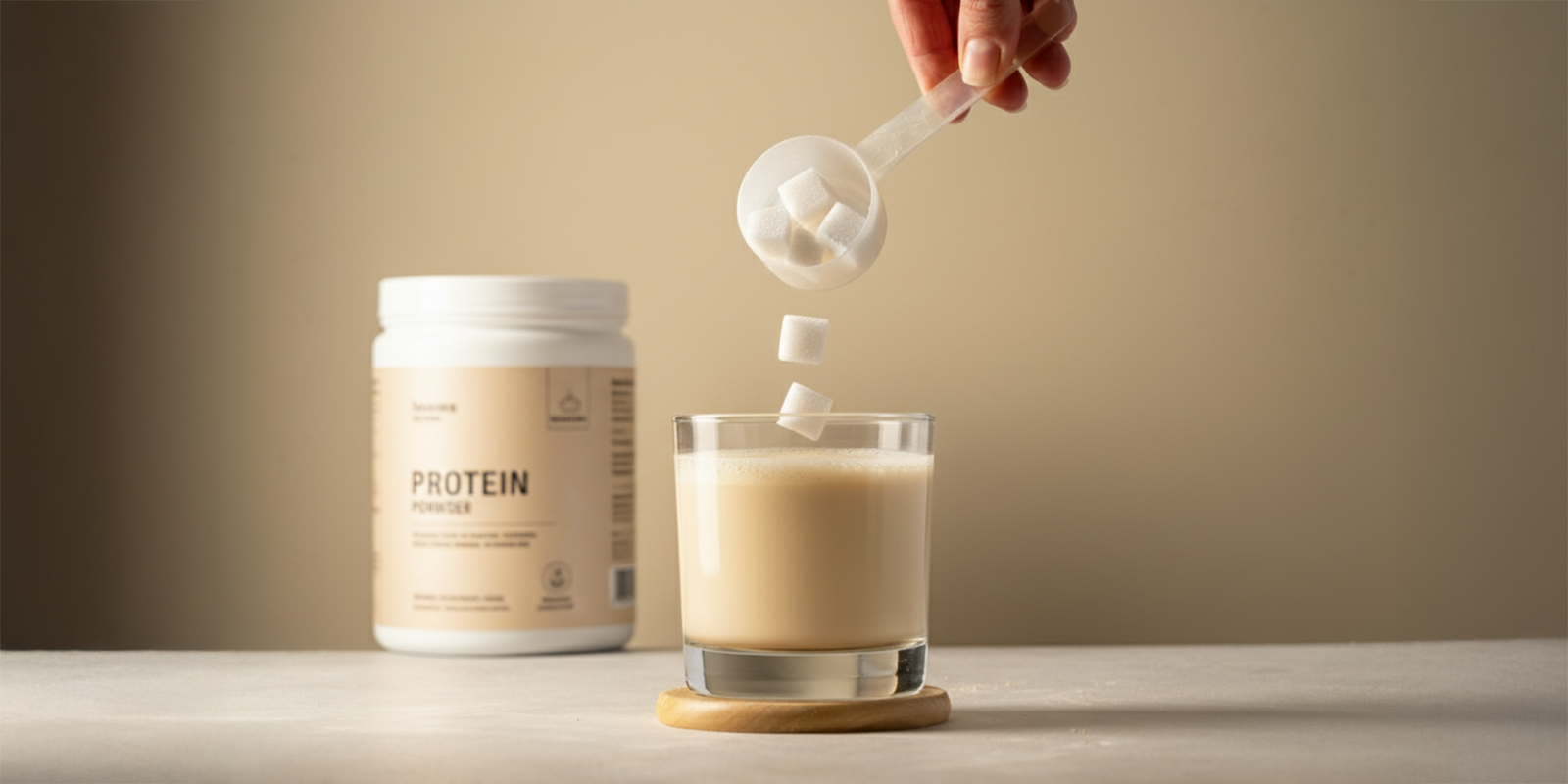Do you ever just pick up something to eat, turn it over to take a look at the label, and then stare blankly? We’ve all been there. It seems like everywhere you turn, there’s new advice on what should (and should not) be in the foods that you eat. We know that messaging on what constitutes a “clean label” (and what does not) can be overwhelming, so we put together this short guide to help you make the best choices for you and your family if you are eating clean!
➤ CLICK HERE to check out PlantFusion's clean label protein options!
What Does It Mean to Eat Clean?
Eating clean is simpler than all the chatter might make it sound. It doesn’t need to be complicated, and it should make eating healthy, whole foods easier!
Eating clean is an emphasis on consuming more whole foods, while staying away from foods that are highly processed. Packaged foods made with large amounts of sugars, dyes, and more are to be limited, if eaten at all.
These foods that are often filled with unnecessary additives, fillers, and preservatives are replaced with whole food options. On the menu are fresh fruits and vegetables, lean protein sources, and whole grains. Some great choices would be tofu and nuts, as sources of protein, and whole wheat swaps for staples like pasta, bread, and wraps.
What Is a Clean Label?
With the basics of clean eating all laid out, it’s easier to find guidance on selecting a clean label. We all eat foods that have been processed or changed to some extent. And there are, of course, many options for foods that are easy and fun to enjoy.
Three Steps to Add More Clean Labels to Your Pantry
- Look for labels that have just a few recognizable ingredients - ones with names you can pronounce! This is a simple, sure-fire way to ensure that you know what is inside of the food you are eating.
- Avoid synthetic, highly-processed, and artificial ingredients.
- Look for helpful certifications. Many companies are experts in greenwashing - a term used to describe products that are packaged to look and feel sustainable and healthy, when in fact, they are not. Label certifications identifying foods as organic, non-GMO, all-natural, and more are a great way to ensure that the ingredients used inside are clean and minimally processed.
What Are the Benefits of Eating Clean?
Oftentimes, the largest benefits of moving toward eating clean is very simply cutting out foods that might not make your body feel its best. Sticking to this routine will help you to reach for fresh foods first. This means eating more fruits and vegetables which are loaded with vitamins and minerals that nourish the body.
In addition, this added boost of nutrients can help with a range of health related issues, from regulating weight to building a stronger immune system.















